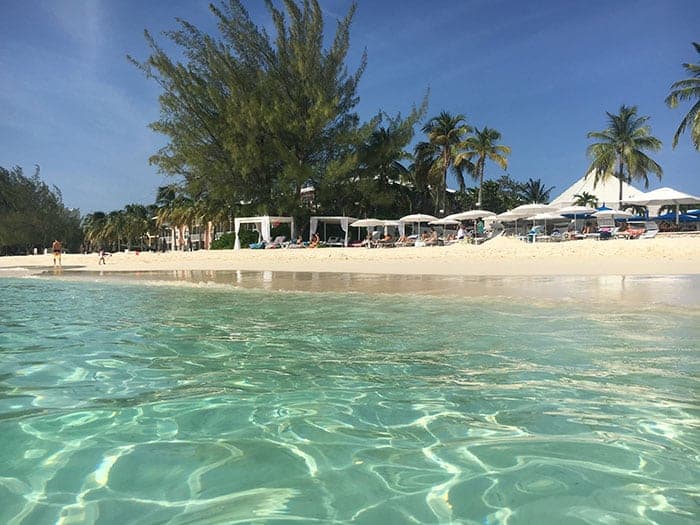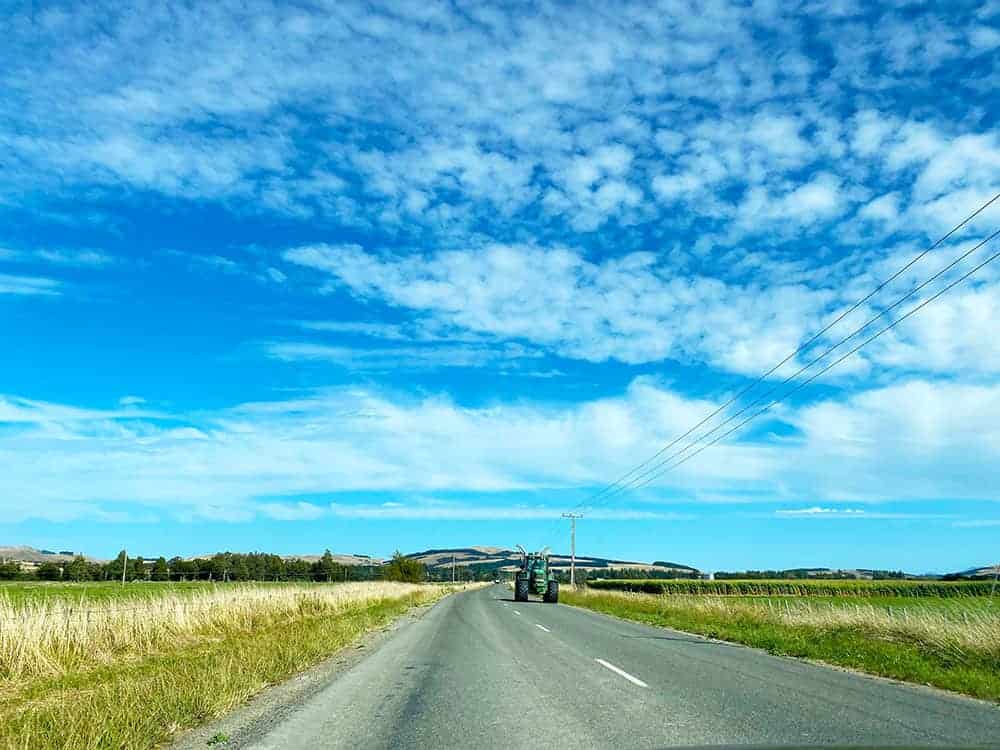Writing a great travel story doesn’t have to be set in a far off, exotic destination (although I’m sure you’d agree, it’d be our preference!).
If you know how to write, you can come up with a wonderful story from your own neighbourhood, city or state. In fact some of the best travel stories are about the hidden gems only locals know about.
But there are definitely some tips for writing a good story and I will share what I know below…
But first, because I know you’re asking, who is Megan Singleton? Good question. A quick Google search will show plenty of us out there. But THIS Megan Singleton has been travel writing since 1999 for newspapers, magazines and websites, has won 2 writing awards from the US Travel Association in 2009 and 2011, has edited a couple of magazines and did a 9-month contract as travel editor at Yahoo!NZ when the channel grew from #18 in NZ to #1.
I’ve also written a children’s book during the lockdown called Lucy Lou Beats the Coronavirus, but that’s another story (see what I did there?!)

There’s plenty of articles on the net full of tips and advice on how to write a great travel story. I know because I’ve just done a Google search on the topic. But flip! They’re so convoluted that I don’t think I could write what they require. And besides, I read far too many boring travel articles that are full of the correct techniques.
What’s lacking in most travel writing is the wow factor to cut above the rest.
So here’s the good news! I’m going to give you 10 really easy tips on how to write a compelling travel story.
Even if you’re a school student, you can take these tips and start travel writing. You know Bill Bryson just started out writing columns for his local newspaper and look what he became!

10 tips for writing an awesome travel story
1. Pick your topic
I know, that sounds ridiculously basic, but what I mean is, decide whether you are going to write about a whole city, a round up of best places to eat, an event, or a character you’ve met along the way.
The thing to remember is that you need to keep your story moving so bogging the reader down in an overview of an entire country is not a wise choice.
2. The beginning, the middle and the end
This is really writing 101. The introductory hook is all important, then you need an interesting and well paced middle, and a punchy or clever end, ideally circling back around with a nod to the intro if possible. (Not all my stories strictly follow this, but in an ideal world they would.)
An example would be: Driving towards the horizon the ocean sparkled as if strewn with diamonds… Then what I’d try and do is end with a final line about the ocean and the diamonds again.

3. Start off with a bit of drama
These are my favourite introductions, when you start in the middle of some action or something someone said. Of course sometimes the topic won’t allow for this, but mull over your intro until something grabs you. You need to hook the reader in. Take your time with this.
I wrote a post about dark tourism after my visit to the Museum of Death in Los Angeles, the spookiest place I’ve ever been, I might add! My opening line was: “I knew I shouldn’t have gone in…” (You can read the whole post here, if you dare!)
Take a moment to imagine the scene in pictures that might sum up what you’re seeing, then write that down – “The white sand wrapped around the island like salt around a margarita glass.” (I nearly fist-pumped when I came up with that one a few years ago to describe what it looked like flying into the Cayman Islands.)

4. Tone
If you have a publication in mind that you want to pitch your story to, read other travel stories in it to get a feel for the style and tone.
I personally like a chatty, bubbly style – and most newspapers and blogs do too. First person stories are best, that way you can convey a bit of your personality and allow the reader to get to know you a bit.
Just make sure it’s not all about you – unless it’s like this one of the worst massage I’ve had in my life from the belching masseuse!
5. Keep a notepad
I travel with a notebook on each travel assignment to write down my notes. Things like an intro line that someone has just said, quotes from people in the story, details of the history etc.
Then when you begin your story, open your blank document and at the bottom list topics you’re going to cover, any events, hotel names, people that you want to include so you don’t get so carried away forget the important bits.
Then as you work them into your story, delete them from your list with a self-satisfied sigh.

6. Word count
If you are writing for a publication, or hope to, you’ll be given a word count. It’s important that you tell your whole story within that number of words. That includes a fact box if you need to add one of places, website address, opening hours, costs, etc.
Expect to write between 500 and 1200 words. And of course, with that varied word count it means two quite different stories. Don’t submit more than 50 words over your commissioned amount – it’s too annoying to an editor who has to either send it back to you for editing, or do it themselves.
One writer once sent me 1500 words when I had commissioned 1000. That meant I either had to cut the story virtually in half and rework it or send it back for a rewrite. I sent it back.
7. Take photos
As well as my notebook, I rely heavily on photos to help me remember the details. My phone takes great pics which are often published with my stories and certainly used on this blog.
But I also take photos of signs to check with later, scenes that I don’t plan to publish but will review to help me make up picture words for the story.
You may also like to read this post on How to take Great Photos with your Phone.

8. Practice telling your story to friends
When you’ve been on a trip, a tell for what will work well in your story is likely in the way you’ll talk about it to your friends.
The first things you tell them are the elements you need to cover.
It’ll also help you crystalise the most important parts and you’ll be able to gauge how it’s being received and what aspects get you on more of a roll than others. I always find this helps immensely and only came upon it as a deliberate writing aid by mistake.

9. Always look for something unique
I like to make sure my reader learns something, be it a little piece of history or an interesting factoid that they won’t already know about. There needs to be a take-out from every story. Something that compels them to do what you’ve done because you’ve managed to capture something that lures them and they’ve also learned something.
When it comes to a successful blog post, people read travel blogs to find an answer to a question. If you are writing about a city, for example, make it helpful to the reader by including your tips and suggestions for things like places to eat, things to do, hidden gems to visit.
Don’t just talk about your experience, and whatever you do DON’T write it like a diary of “then we did”…
10. Include a fact file
This is important for travel stories published in newspapers and magazines. Include a list of contact details and websites of the places you’ve featured; how to get there; best time to go, that sort of thing. This needs to be included in your total commissioned word count, so make sure you allow an extra 50-100 words for it.
If you are writing a blog post, these details are usually just links to the website of the hotel or attraction. That way, things like opening hours and entry fees will be never be out of date, as blog posts are “ever green content” meaning, they need to be relevant the day you write it and a year later. Of course, best blogging practice is to update old posts, but if you add links, you don’t need to worry about out-of-date information.
11. Be ruthless with your editing
This is probably the hardest aspect of the whole shebang because you’ve written something you’re proud of but it’s 200 words too long! You have to CUT. Ouch, I know, but trust me, a shorter, faster-paced story is far more interesting than hearing all about how you had to wait three hours for a train. Then re-read and re-read again before you send it off.
When it comes to blog posts, the rule is to take as many words as you need. Some of the most popular posts on this site are over 2000 words.
Hope this helps! Good luck 🙂

If you’re interested in How to Make Money Blogging, you’ll like my tutorials which take you step-by-step through the process of turning your hobby into a business.
A few travel writing examples I like
Here are some of good travel writing examples to inspire you, some are mine, some are writers I love:
Funny: The worst massage I’ve ever had
Graphic: Visiting the Museum of Death in LA
Opening quote: Medellin, Colombia: How the world’s most dangerous city turned itself around – Rob McFarland, Stuff
Opening line: Iquitos: An Amazonian journey – Pam Wade, NZ Herald



Maggie Berry
Monday 9th of October 2017
Thanks for tips on the wow factor. This is the first straight forward "How to write " that I have seen.
Megan
Monday 9th of October 2017
Oh brilliant, thanks for the feedback Maggie!